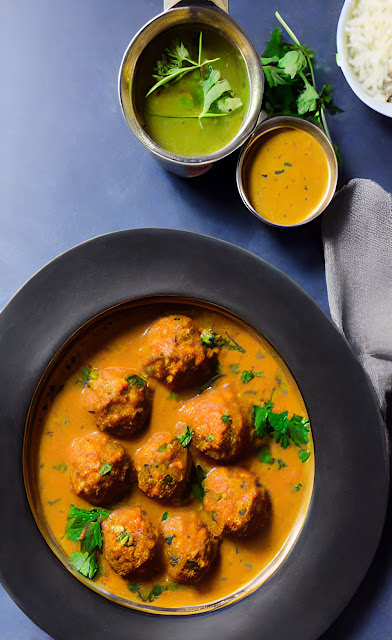Marron glacé for Christmas

Some say that Marron Glacé (literally, glazed chestnuts) have their origins in Italy, although it was in France that they were developed as a luxury product that was given as gifts on special occasions, often at Christmas. The tradition spread throughout Europe and became especially popular in France and Switzerland.
The chestnuts that the French used for candy were not produced in the country, but were imported from Galicia (northwest Spain), Portugal and to a lesser extent Italy. In this way they revalued a product that was not their own, just as the Swiss and Belgians did - and continue to do - with chocolate, for example.
Later, Marron Glacé began to be produced in Italy and for about 40 years in Galicia, specifically in the city of Orense.
The preparation of Marron Glacé is a laborious process and requires patience, but the result is a delicate sweet that cannot be served in any way because the fruit would break. For this reason, the chestnuts are always wrapped one by one, like chocolates, which ultimately makes the product even more expensive.
So that you can realize the price increase, at the beginning of November 2023, a kilo (2.2 lb) of raw Galician chestnut was sold between 6 and 8 euros. Well, 1 kg of marron glacé cost approximately €55 on those same dates, that is, almost 10 times more.
INGREDIENTS :
- 1 kg (2.2 lb) of fresh chestnuts*
- Sugar**
- Water**
- Vanilla (optional)
- Half a liter (2 cups and a half) of brandy or pomace (optional)
* You can make candied chestnuts with large or small fruits, but it is important that the ones you use are all of a very similar size. If you mix large chestnuts with other small ones, they will not jam at the same time.
** They are used to create the syrup in which the chestnuts are cooked. The proportion is 2 to 1, that is, 2 parts sugar to 1 part water. Therefore, if the chestnuts are submerged in 3 cups of water, we will need 6 cups of sugar. This depends on the size of the chestnuts. It's not a mistake, there is more sugar than water. It should be a very thick syrup so that the chestnuts glaze properly.
First, we make a cross-shaped cut at the top of each chestnut.
We boil the chestnuts in water for about 10 minutes to soften the shell (this water has nothing to do with the syrup, so use the saucepan and the amount that is necessary).
Peel the chestnuts while they are still hot. This will also facilitate the removal of the inner skin, which is very bitter and of which not a trace should remain.
Now, if you want, you can put the peeled fruits in a bowl with pomace or brandy. It is not essential but there are people who prefer the flavor that chestnuts have then.
Now we are going to prepare a syrup with sugar and water. As mentioned, the typical proportion is 2 parts sugar to 1 part water. To make the syrup, simply pour water and sugar in the indicated proportion into a saucepan over low heat, preferably with a few drops of lemon juice so that the sugar does not crystallize. We stir until the sugar is dissolved.
You can add a vanilla pod to the syrup to give it additional flavor, and this is more common than not bathing the fruits in alcohol.
Now comes the longest part of the process, the cooking.
We immerse the peeled chestnuts in the syrup and cook over low heat until the chestnuts are transparent. This process can take several hours. If you have to stir, do it carefully or the fruits will break. The time can vary between 3 and 4 hours.
We remove the chestnuts from the syrup when they have become transparent and immediately place them on a rack to dry. They should dry for a few days, and while they dry they can be sprinkled with additional sugar to give them a coat of shine.
Once dry, the Marron Glacé are stored in an airtight container, preferably individually wrapped in cellophane paper so that they do not break. They can be preserved this way for months.



Comments